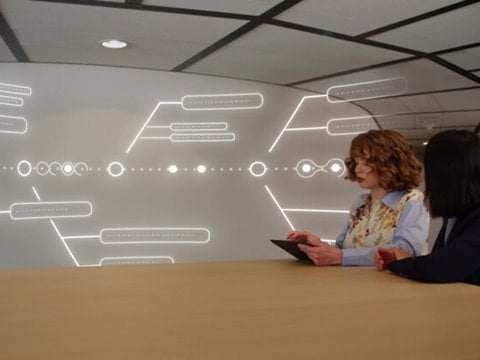How does a supplier do business with Kalmar?
-
Suppliers should review the Kalmar equipment website to learn more about the products and services and to find the best fit for your solutions.
-
Kalmar welcomes coordination of business across all divisions when the relationship benefits more than one division and has an internal process to coordinate the supplier relationship. Therefore, the initial contact to do business can be initiated with any one of the Kalmar division sourcing teams.
-
The first step in contacting the respective division sourcing team is to send an email to the division supplier email box on the division supplier page. This email will enable Kalmar personnel across the enterprise to view your capabilities, but it does not guarantee that potential suppliers will receive a response or receive any monetary or contractual benefit. Please review the commodity list below and note which Kalmar commodity and product your company may be interested in supporting.
How can we get on Kalmar's preferred or approved supplier list?
-
Please refer to the Kalmar Supplier Requirements and the Kalmar Supplier Quality Manual.
-
After the initial email contact, the Sourcing team will assess your capabilities and how they fit our current needs or future opportunities. However, Kalmar Sourcing does not guarantee a response to all emails submitted. You may be asked to complete a request for information or a quote, and you will be required to participate in our supplier assessment process and resolve any identified action items, if business is awarded.
-
It is important to remember that all sourcing activities are conducted in accordance with Kalmar’s environmental, risk management, health and safety, and quality policies, as well as the Kalmar Business Pertner Code of Conduct. Suppliers must demonstrate the ability to meet these requirements.
What does Kalmar purchase?
-
Kalmar purchases a wide variety of goods and services. These goods and services include list commodities for all divisions. To better understand the supply chain needs, please check the Kalmar website.
Kalmar Indirect Material Commodities:
-
Facilities Management, IT & Telecom, Fleet & Logistics, Marketing & Sales, MRO & Investments, Personnel Services, Professional Services, Travel & Events, and Utilities.
Kalmar Direct Material Commodities:
-
Powertrain: Engines, Transmission, Cooling, Cabins and Cabin accessories, Hydraulics, Electronics (both low and high voltage), Heavy steel structures, Medium and light steel equipment and parts such as booms and masts, Castings and Forgings, Axles and Tyres, Gears and Hoists, Transportation, Fasteners and Springs, and Raw steel.
What does Kalmar look for in a supplier?
-
Kalmar considers many factors when determining team composition or making purchasing decisions. These decisions may vary, depending upon priorities and requirements, including:
-
Core capabilities, product or service offering resource availability, and ability to recruit qualified candidates
-
Geographic location or customer proximity
-
Organisational conflicts of interest (OCI)
-
Past performance and reputation
-
Personnel experience
-
Dependability, responsiveness, and teamwork
-
Market niche
-
Core capabilities
Additionally, we expect suppliers to demonstrate the following qualities (divisions may have additional special technical or quality requirements unique to their environment):
-
Financial viability
-
High ethical standards
-
Competitive pricing with consideration to total cost of ownership (TCO)
-
Appropriate industry quality procedures and processes, certifications and approvals from classifications associations
-
Cost reduction programme
-
Cycle time reduction programme
-
Ability to offer a technological and/or service advantage over competitors
-
Innovations in the delivery of goods or services (to include applying e-commerce, EDI, hubbing, etc.)
-
Appropriate environmental principles, including REACH











